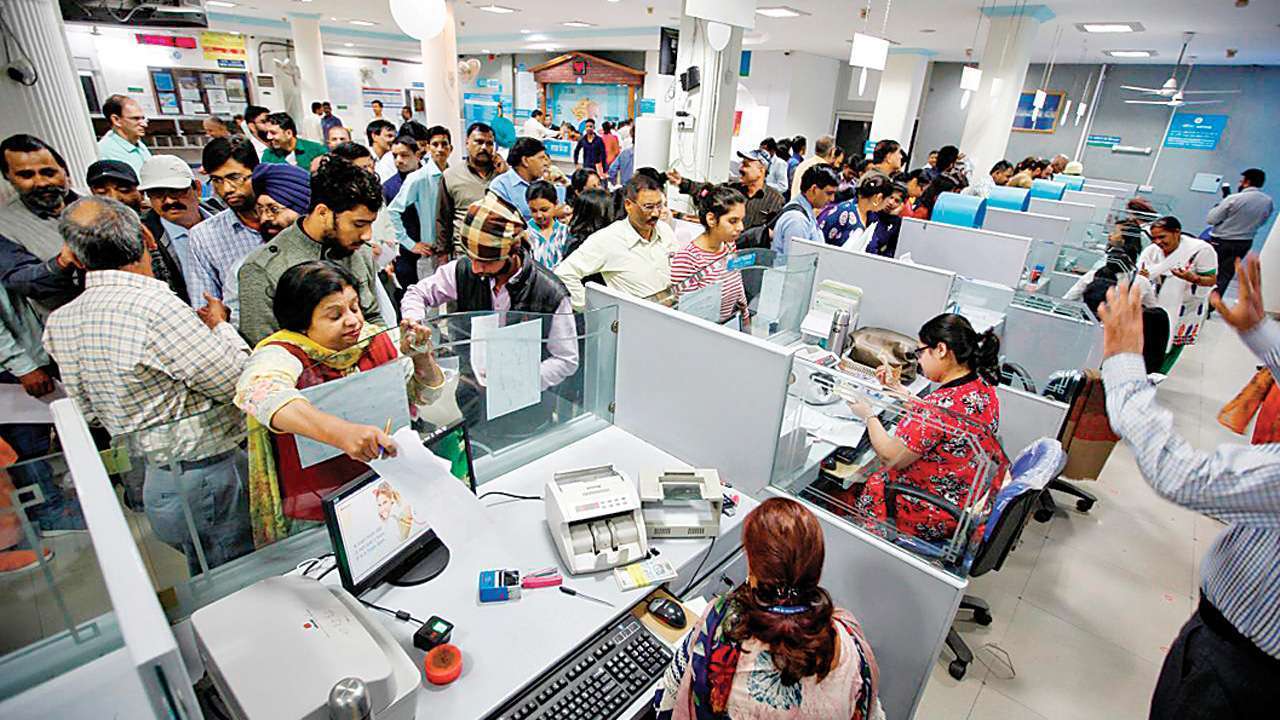
Guaranteed lending through the banking system was an important part of the government’s post-pandemic economic response. In line with this trend, Nirmala Sitharaman, the finance minister, has asked the heads of public sector banks to push hard on the credit paddle. On August 25, Sitharaman said, “In order to maintain the momentum of the stimulus we are providing, we have also asked the banks to go out there and give credit to people who want to borrow.” Is it possible for India to lend its way out of its current economic quagmire? The formalisation push, which is an important part of this government’s policy approach, could become a stumbling block in this case. Here are four graphs that can help you visualise this.
- In the future, low rates may not be the driving force behind lending.
According to the RBI’s most recent forward-looking surveys, businesses believe borrowing costs have already reached their lowest point. The Industrial Outlook Survey (IOS) and the Services and Infrastructure Outlook Survey (SIOS) both ask respondents about their current perceptions of finance costs and their expectations for the coming quarter. Both surveys predict a significant increase in the expected cost of finance in the current fiscal year’s second quarter (July-September).
Given the widespread belief that the RBI will not raise policy rates at least this year, this may appear counterintuitive. According to a senior private sector economist who spoke on the condition of anonymity, the survey responses may reflect a view on the change in direction rather than the magnitude of the increase in business financing costs.
It’s also possible that businesses expect non-banking lending rates to rise as the central bank gradually reduces the market’s excess liquidity, which most experts agree will happen long before interest rates are raised.
- However, low interest rates did not significantly increase credit demand.
When we compare lending rates and credit growth in India, it is clear that interest rate has not been the most important determinant of credit off-take in recent years. From September 2014 onwards, the Centre for Monitoring Indian Economy (CMIE) database has weighted average lending rates of Scheduled Commercial Banks (SCBs). When non-food credit growth is compared to lending rates, it is clear that both have been falling in lockstep over the last two years. This emphasises the importance of demand-side factors in credit expansion.
3. Bank lending does not capture the entire credit universe in the economy
To be sure, bank credit is not the only source of credit in the economy. Sitharaman herself pointed this out in her interaction with the bankers. “The Finance Minister highlighted that with the current changed times, industries now have the option of raising funds even from outside the banking sector. Banks themselves are raising funds through various avenues” a press release dated August 25 from the Press Information Bureau said.
The CMIE Prowess database clearly demonstrates the declining importance of bank credit for corporate India. Between 1990-91 and 2008-09, the share of bank borrowing in total corporate borrowing nearly doubled, reaching 50%. Since then, this percentage has steadily decreased, hovering around 30% in 2020-21. To be sure, part of the drop in bank credit could be attributed to the so-called “twin-balance-sheet crisis,” in which both banks (on the asset side) and businesses (on the liability side) had bad loans on their books and were hesitant to lend or borrow. However, the share of borrowing from sources such as bond markets has steadily increased.
- Has the government’s push for formalisation hampered small business growth and, as a result, loan demand?
According to a Bloomberg Quint storey from August 26, the All-India Consumer Products Distributors Federation is protesting Hindustan Unilever Ltd.’s decision to partner with Reliance Industries’ JioMart to supply products to retail stores. The distributors’ concern is understandable, as a cash-rich company like Reliance can easily capture the market by offering better terms to retailers than traditional whole-sellers, as India’s distributers are known.
This episode is yet another example of the economy’s ongoing formalisation push – policies like demonetisation and the implementation of GST have played a significant role in this regard. While the consumer may benefit from such developments, there is bound to be significant (creative) destruction of small businesses and incomes in the process, assuming formalisation is not a conduit for eventually developing monopolies.




